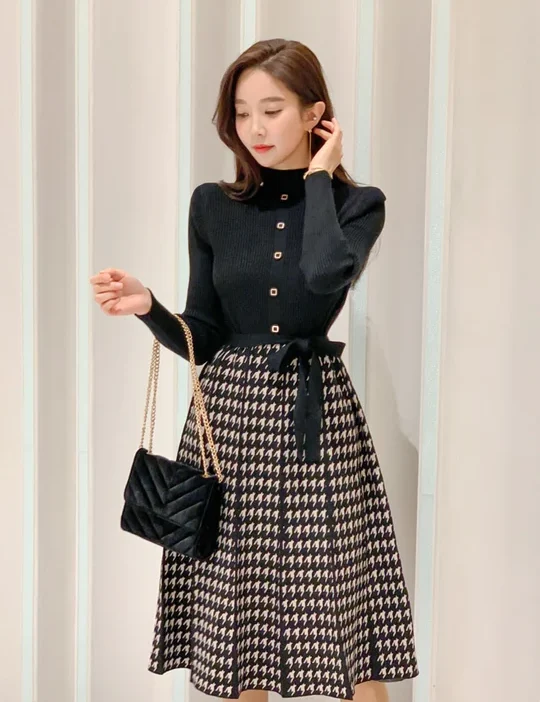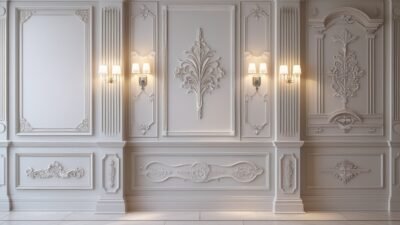Dark Academia is more than just an aesthetic; it is a cultural and intellectual movement that resonates deeply with those drawn to literature, philosophy, art, and the romanticism of knowledge. Rooted in a love for classical studies, Gothic architecture, and timeless fashion, this genre blends the visual elegance of the past with a deep emotional longing for meaning. Dark Academia has gained immense popularity among students, creatives, and thinkers who romanticize academic life, vintage aesthetics, and the beauty of solitude. Its appeal lies in its ability to transform ordinary learning into an almost mythical pursuit, where every book, candle-lit room, and thunderstorm adds layers of poetic melancholy.
The Intellectual Foundations of Dark Academia
At the heart of Dark Academia lies a profound respect for classical knowledge. This movement glorifies the golden age of academia—imagining an era when education was an art, and scholars were revered. It evokes imagery of ancient libraries filled with leather-bound books, dusty chalkboards scrawled with Greek poetry, and university halls echoing with the footsteps of students immersed in thought. The philosophy of Dark Academia encourages critical thinking, intellectual discussions, and an appreciation for existential questions about life, death, beauty, and truth.
The works of Plato, Socrates, Nietzsche, and Shakespeare are revered within this subculture. Reading is not a hobby but a form of devotion. Individuals drawn to this aesthetic often find solace in poetry, philosophical essays, and literary fiction that explores the human condition. The pursuit of knowledge is romanticized—not for success or status—but for the sheer love of wisdom and intellectual challenge.
The Fashion and Visual Identity of Dark Academia
Dark Academia is visually distinct, combining the timeless sophistication of old-world academia with subtle undertones of mystery and gloom. The typical wardrobe consists of tailored blazers, turtlenecks, plaid skirts, oxford shoes, trench coats, and vintage accessories. Color palettes favor earthy, neutral tones—charcoal, beige, deep browns, forest greens, and burgundy. Fabrics such as tweed, wool, and corduroy dominate the aesthetic, giving off a warm, scholarly appearance.
This style is deeply inspired by European boarding schools, Ivy League traditions, and mid-20th-century fashion. The clothing choices reflect a life immersed in study, where the atmosphere is often chilly, and the days are spent walking through libraries or across cobbled university paths. The overall visual identity is intimate, moody, and nostalgic.
The Role of Environment and Ambience
The physical and atmospheric setting plays a central role in the experience of Dark Academia. Think of candle-lit study rooms, rain falling outside stained-glass windows, ink-stained papers on antique desks, and the distant sound of a piano echoing through a grand hallway. This aesthetic thrives on an environment that invites reflection, solitude, and slow living.
The ideal setting for Dark Academia includes Gothic architecture, ivy-covered buildings, vintage bookstores, and museums. Autumn is the favored season, as its golden leaves, foggy mornings, and colder evenings contribute to the romantic and melancholic tone. Even mundane routines like journaling, letter writing, and coffee brewing take on a poetic significance in such a setting.
Emotional and Psychological Themes in Dark Academia
What separates Dark Academia from other aesthetics is its deep emotional core. There is a persistent undercurrent of melancholy, introspection, and sometimes even a fascination with mortality. This is where its darker side emerges—not in violence or horror—but in an emotional depth that romanticizes sadness and the fragility of life. Themes of loneliness, perfectionism, and existential angst are common in literature and media associated with this aesthetic.
People who are drawn to Dark Academia often feel a disconnection from modern, fast-paced life. They yearn for something more meaningful, more poetic. In Dark Academia, they find comfort in the beauty of forgotten things, the silence of study halls, and the eternal companionship of books. It allows them to dwell in emotional spaces that are rarely acknowledged in mainstream culture.
Dark Academia in Literature and Popular Media
Dark Academia is heavily influenced by classic literature and has become a popular theme in modern novels, films, and series. Books like The Secret History by Donna Tartt and If We Were Villains by M.L. Rio are considered quintessential reads in the genre. These stories often revolve around students at elite institutions, grappling with moral dilemmas, secrets, and the consequences of intellectual obsession.
In cinema, the mood is captured in films like Dead Poets Society, where the passion for literature and the weight of conformity intersect. These narratives glorify academic rebellion and the pursuit of deeper truths while often culminating in tragedy or transformation. The characters are complex, the settings rich with tradition, and the plots steeped in the tension between brilliance and downfall.
Modern Interpretation and Online Presence
With the rise of social media platforms, especially Tumblr, Pinterest, and TikTok, Dark Academia has evolved from a niche aesthetic into a global cultural phenomenon. Users share photographs, poetry, personal essays, and fashion inspiration that align with the ethos of the movement. These platforms have become digital libraries and mood boards, allowing followers to connect, learn, and romanticize their lives through the lens of Dark Academia.
However, the digital age has also invited criticism. Some argue that the aesthetic may unintentionally romanticize unhealthy academic habits, emotional distress, or exclusivity. In response, a more inclusive and mindful approach to Dark Academia is emerging—one that embraces diversity, mental wellness, and the joy of learning without perfectionism.
The Enduring Allure of Dark Academia
Dark Academia continues to captivate minds because it offers a sense of timelessness. In a world obsessed with speed, productivity, and digital distractions, this aesthetic invites us to slow down, to read, to think deeply, and to appreciate beauty in silence. It challenges us to seek intellectual depth, to question everything, and to find meaning in the mundane. It is not merely an aesthetic but a reflection of a yearning soul—one that finds solace in candlelight, companionship in Shakespeare, and strength in solitude.



